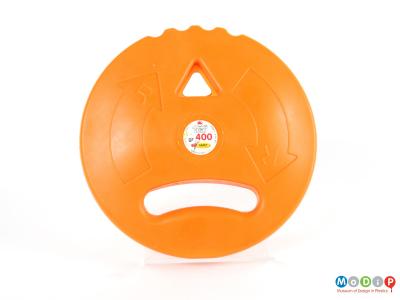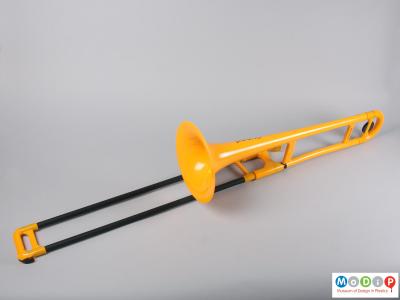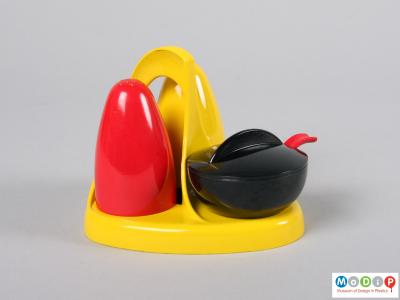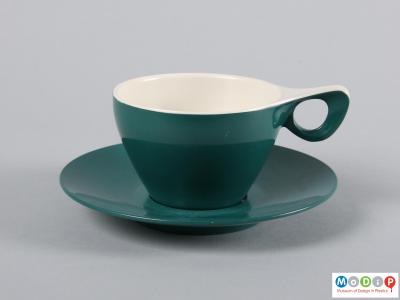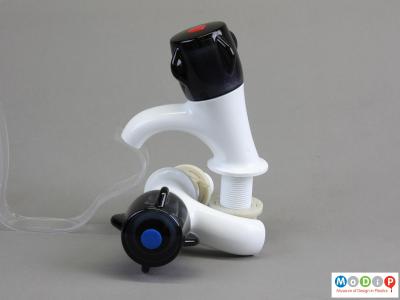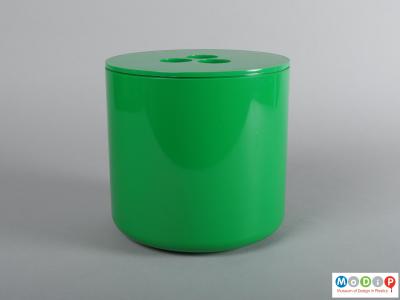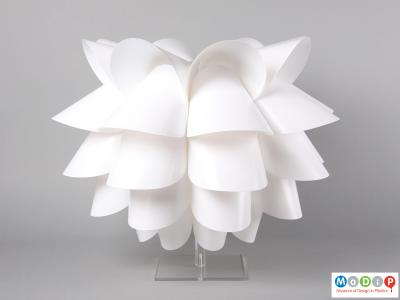Plastics materials offer affordable options to consumers, whether in fashionable design, sports, or music. They support equity in the access to, and experience of, activities that might otherwise be financially out of reach.
Sports equipment designed to develop skills in adults and children enable people to try out activities without investing lots of money. Such training pieces like those from Trial (1-2), made of rubber and polyvinyl chloride (PVC), enable young people and beginners to access athletic field sports without using expensive and potentially dangerous equipment.
Acquiring a musical instrument can be financially prohibitive. The outlay for the acrylonitrile butadiene styrene (ABS) pBone (3) trombone is slightly cheaper than a beginner’s brass instrument, but its main feature is that it is more robust than the traditional equivalent. The pBone is not easily damaged or dented making it more appropriate for use by children. Dents towards the mouthpiece will have an effect on the tone of a brass instrument, and any damage will have an effect on the resale price. If the user decides not to pursue the hobby, they are likely to retain a higher proportion of the value of the plastic version.
The relative cheapness of mass-produced plastics objects means that well-designed and well-made, fashionable or timeless products can be acquired by a wider demographic of consumers. From the 1940s, European companies placed significant investment into the production of quality objects, made of materials that were fit for purpose. The ‘good design’ concept developed by the Council of Industrial Design (CoID) was adopted by the British plastics industry to bring simple but functional products to the British public. During this time some plastics firms set up their own design studios to create objects that were well conceived, and used the materials at their disposal to the best of their abilities. Well regarded designers included A.H. ‘Woody’ Woodfull (4) for British Industrial Plastics, David Harman Powell (5) for Ranton & Co, and Martyn Rowlands (6) for IMI Opella. As time went on other companies, such as Habitat (7) and Ikea (8), have used designers and design studios to bring ‘good design’ in plastics to the masses.

